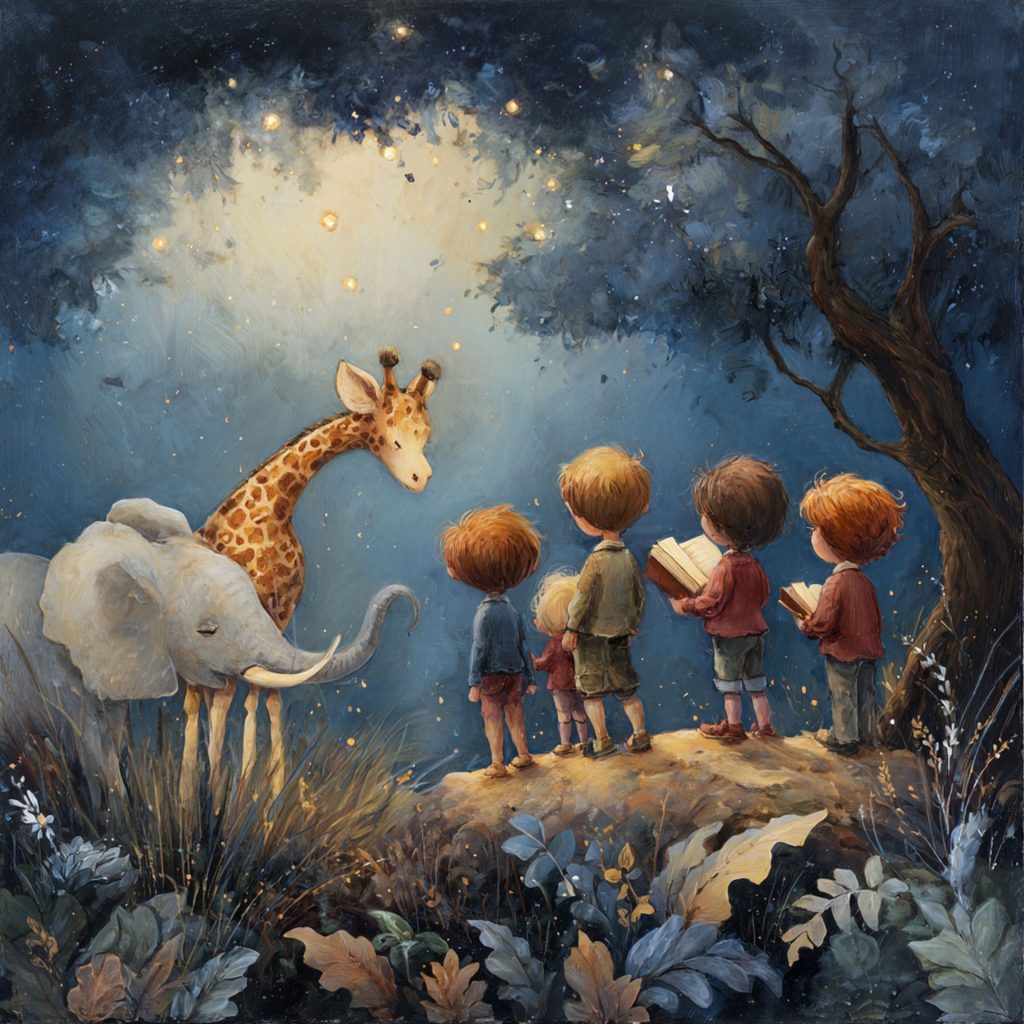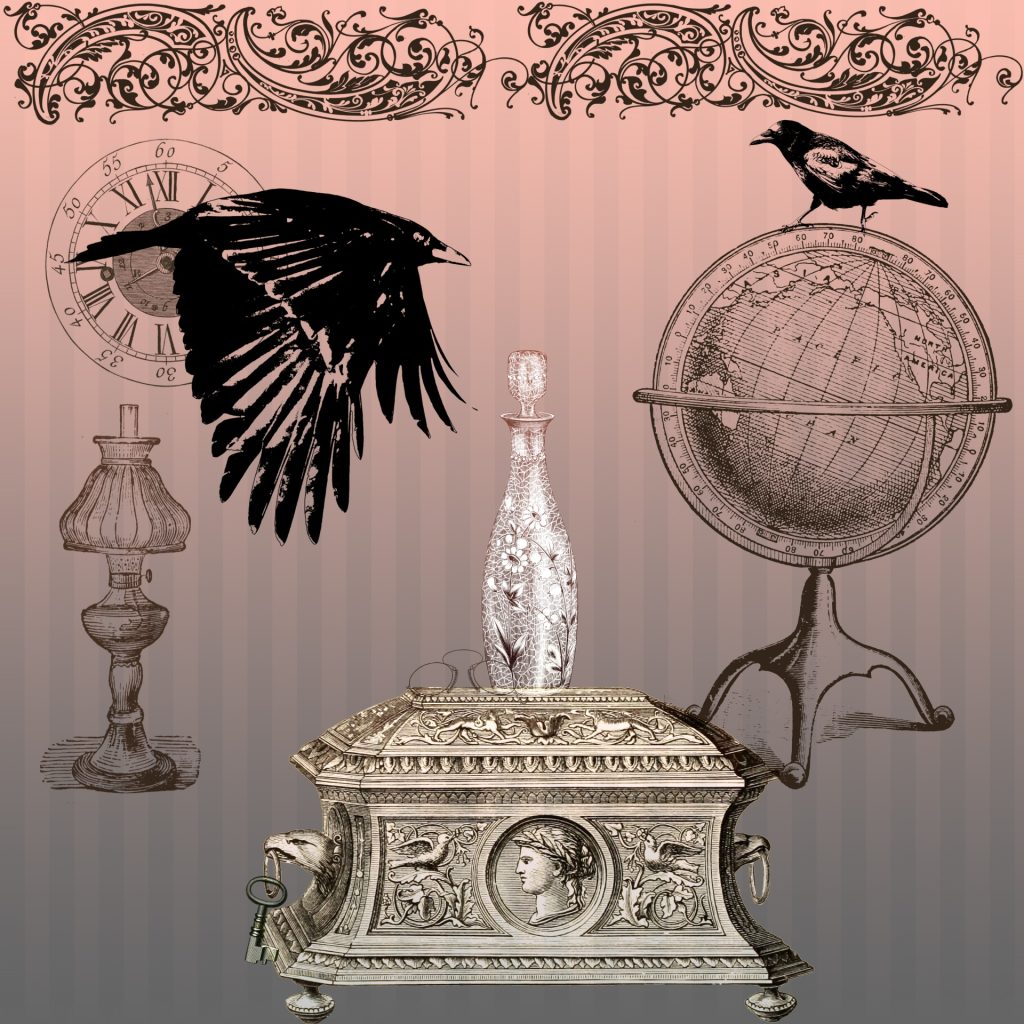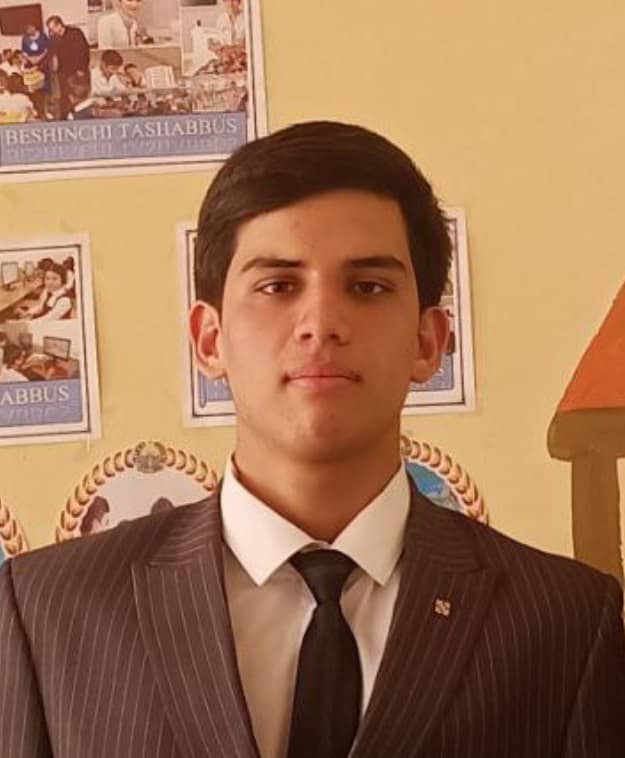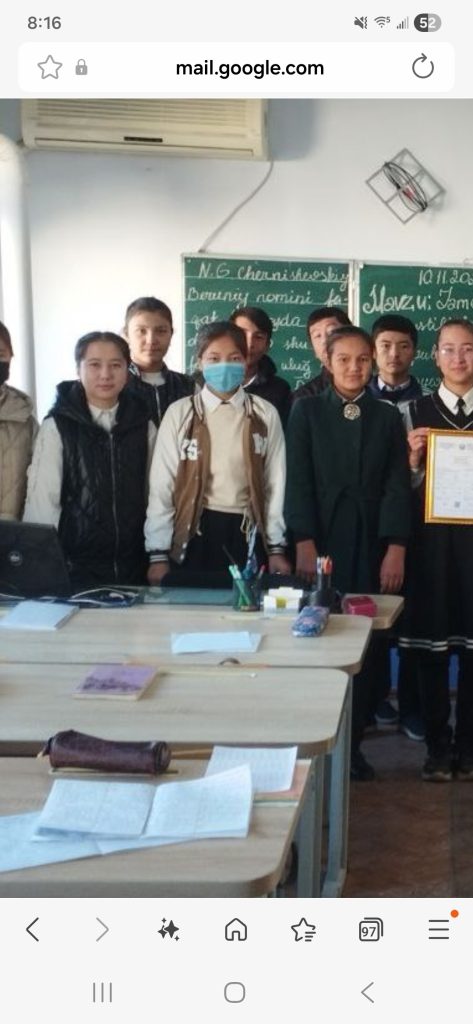
First, an announcement: published poet and contributor Tao Yucheng would like to host and judge a poetry contest open to all readers of Synchronized Chaos Magazine.
Synchronized Chaos Poetry Contest
We seek short, powerful, imaginative, and strange poetry. While we welcome all forms of free verse and subject matter, we prefer concise work that makes an impact.
Guidelines: Submit up to five poems per person to taoyucheng921129@proton.me. Each poem should not exceed one page (ideally half a page or less). All styles and themes welcome
Prizes: First Place: $50 Second Place: $10, payable via online transfer. One Honorable Mention. Selected finalists will be published in future issues of Synchronized Chaos
Good luck, if you choose to enter!

Now, for this month’s issue: The Stories We Tell Ourselves. We explore communication, relationships, myth, history, imagination – different ways of making meaning from life.
Dildora Abdullayeva considers the study of phrases as a part of human language and how phrases have changed over the years. Toychiyeva Madinaxon points out how young people are changing global language through Internet slang. Habibullayeva Lalyokhon Zarifjon kizi explores cultural and linguistic features of phrases in the Uzbek language. Rashidova Shohshanam speaks to the rapid changes in the Uzbek language and the challenges and opportunities that poses for educators. Noah Berlatsky reflects with humor on how our brains’ memory for language might shrink with modernity.
Dildora Qobilova suggests common student grammatical errors and ways to correct them in the classroom. Yarmamatova Sevinch Elyor qizi suggests ways to enhance young children’s speech fluency. Suyarova Gulsanam explicates finer points of Uzbek grammar for audiences speaking all languages. Abulqosimova Bahora highlights the intricacies of the phonetic system of the Uzbek language. Muqaddas Islomova highlights the role of multimedia digital technologies in helping language learners enhance their speech skills. Shamsiddinova Maftuna Hamidjon qizi gives an overview of academic studies into the structure and functions of different parts of speech. Adashaliyeva Durdona Akramjon qizi highlights the central role of linguistics in reinforcing the values of a socialist society. Rukhshona Kamolova Turayeva highlights the importance of studying the history and role of the English language to understanding effective communication. Sharifov Sirojiddin Shavkatovich underscores the critical importance of basic math literacy to social functioning. Satimboyeva Risolet outlines educational benefits of AI technologies in education.
Kucharov Bakhodir outlines principles of written and spoken professional communication. Dilnoza Bekmurodovna Navruzbekovna urges people to carefully consider what career would be right for them, and for schools to facilitate that deliberation. Aslidinova O’giloy highlights the potential of a digital economy and the need to prepare students for that world. Sarvar Eshpulatov also highlights the importance of digital literacy for success in today’s society. Niyozova Shakhnoza Farhod qizi elucidates the potential of digital technologies in education. Iroda Sobirova offers suggestions for fostering entrepreneurship in Central Asia and elsewhere. Choliyev Nurbek Rözimbek ogli highlights the importance of local banks in trusting in the creditworthiness of local entrepreneurs. Eshmurodova Sevinch Bahrom qizi outlines steps credit card bureaus can take to ensure consumer security. Urinova Robiyabonu discusses the use of psychology in professional management. Qarshiboyeva Mavluda Azizbek qizi analyzes the role of international assessment exams in world education. Abduvaliyeva Jasmina Jahongir qizi outlines some upsides and downsides of economic and cultural globalization.
Satimboyeva Rizolat discusses how to develop a social culture of reading and literary appreciation that goes beyond the classroom. Aziza Xazamova highlights the joy and creativity and history of the Uzbek mother tongue. Qudratova Nozima Bahromovna outlines the innovative narrative storytelling techniques of Uzbek author Tog’ay Murod.

Lakshmi Kant Mukul shares some of a people’s history of India through the lens of one architectural landmark, the Qutub Minar. Alan Catlin renders the historical, somnolent, stuck atmosphere of the American Rust Belt into poetry. Xudoyberdiyeva Mohiniso delves into the Islamic Turkish Kara-Khanid state, which reached its height in the 700s. Duane Vorhees traces a variety of Jewish mystical influences on Sigmund Freud. Chimezie Ihekuna relates how the modern Nigerian state came together as a result of colonial powers and bears little relation to cultural realities, causing a legacy of trouble. Jacques Fleury reviews Boston Lyric Stage’s production of a mashup of Sherlock Holmes and A Christmas Carol, providing two different lenses through which to interpret Victorian England. Qulliyeva Feruza Qosimova highlights the role of the Uzbek constitution in guiding contemporary society.
Mahbub Alam reflects with nostalgia on his high school days: friends, teachers, the school environment. Mesfakus Salahin revels in the wonder of childhood and memory. Sobirjonova Rayhona expresses gratitude to a dedicated teacher.
Olga Levadnaya speaks to the ‘halo effect’ of memory, where we remember the best parts of what happened to us. Dr. Jernail S. Anand considers his memories to be friends. Taghrid Bou Merhi holds onto the hazy and charming days of childhood and dreams. Mandy Diamantou Pistikou reminds us of the innocence and joyful curiosity of early childhood. Meanwhile, Luis Cuauhtemoc Berriozabal speaks to the feelings, thoughts, and sensations of middle age.
Taro Hokkyo brings to life a moment of deep soul recognition among two different people. Turkan Ergor wonders at the vast diversity of people’s life experiences, given our common humanity. Dr. Kang Byeong-Cheol reminds us of the ingredients of love: wisdom, compassion, and humility. Mrinal Kanti Ghosh reflects on a love that captures his soul and disrupts his consciousness.
Mohan Maharana also writes of compassion, speaking of his work as a healer and social worker coming alongside people living with mental illness. Juana El Carmen Soria urges people to make wise and caring choices. Asmonur Rajabboyeva, in a piece translated into English by Shuxratova Nilufar, draws on a chamomile flower as a symbol for innocence and compassion. Eva Petropoulou Lianou puts out an urgent call for global peace. Dianne Reeves Angel looks beyond the commercialism of Christmas to seek out spiritual gifts of peace and love and hope. Brajesh Kumar Gupta affirms that goodness is so much stronger than evil. Zuhra Jumanazarova highlights the critical role of the Uzbek constitution in the country’s governance and respect for internationally recognized human rights. Eva Petropoulou Lianou laments the violence and selfishness of humanity, in poetry translated into Mandarin by Yongbo Ma. Pat Doyne mocks corruption in the United States’ federal government. Bill Tope argues against gambling from a social justice perspective. Yongbo Ma also translates a poem from Ahmed Farooq Baidoon on the weary quest of all too many people for justice. Brendan Dawson sketches some of society’s outsiders – immigrants and poets – and reflects on how society has become less welcoming.

Sayani Mukherjee wishes an old lover well with their new love during the holidays, while still acknowledging her sorrow. Abdulhafiz Iduoze speaks to the cycle of life and death in her imagistic poem. Kemal Berk yearns for a lost loved one through verse. Aisha Al-Maharabi evokes the pain of loss and longing in love. Graciela Noemi Villaverde mourns the loss of her husband of many years through poetry. Abigail George renders cautious and loving care for her father with cancer into thoughtful and slow poetry. Farzaneh Dorri pays tribute to a departed human rights lawyer.
Mirta Liliana Ramirez grieves the loss of someone who suffered much and had a difficult life. Sumaiyya Alessmael mourns the passing of her immortal, fanciful beloved. Milana Momcilovic evokes centuries of timeless longing for a lost love. Salimeh Mousavi probes probes a family’s grief to create a complex and layered character sketch and to mourn for parts of individual personhood severed by culture.
Shikdar Mohammed Kibriah speaks to the kind of immortality we find in nature, where one kind of creature lives because of the existence of another. Brian Barbeito relates a late autumn nature walk that left him feeling mystical and thinking of angels and a winter walk with friendly coyotes. Dr. Jernail Singh reminds proud humans of nature’s limits, checks, and balances. Toraqulova Pokiza Sanjarovna highlights the importance of living and working sustainability with nature during climate change. Avazbekova Rayyonakhon outlines some ways young people can work with “nature” close to us, our own bodies, and enhance immunity and stay healthier. Mahmmadjonov Saidjahon Shokirjon ogli and Mirzamansurova Robiya Ahmadjon qizi discuss clinical criteria elucidating when patients need heart valve transplants. Numonova Shohsanam Bahodirjon qizi presents an overview of the causes and effects of genetic mutation. Sejuty Rahman draws on an oyster fashioning an irritating grain of sand into a pearl as part of an extended natural metaphor for love.
Kavi Nielsen poetically expresses a sense of unity and connection with nature and their loved one. Shawn Schooley celebrates the sensual attraction he feels for his lover. Jamal Garougar speaks to the submergence of egos and unity with a broader whole inherent in love.
Petros Kyriakou Veloudas depicts love, grief, and memory feeding into the artistic process. Ana Elisa Medina encourages someone close to her to sing and share his heart’s journey. Kandy Fontaine reflects on how Motorhead frontman Lemmy inspired her artistically and personally.

Dianne Reeves Angel celebrates the joy of intentional female connection and friendship over many years. Priyanka Neogi reminds women and girls to remember their insight and strength. Amirah al-Wassif’s surreal poetry speaks to womanhood and our relationship with our bodies and minds.
J.J. Campbell shrugs and finds himself in a place of dull resignation, even at the holiday season, and renders his feelings into poems. Alan Hardy speaks to the vulnerability of being alone, whether in the wild or in his own mind, and how he protects himself by letting go of regret. Santiago Burdon depicts some misadventures along the road of guiding an emerging writer towards greater originality.
Richard LeDue captures a feeling common to many creators: seasons of wandering through a morass of scanty inspiration. Mykyta Ryzhykh expresses deep inner emotional pain through vivid imagery. Sara Hunt-Flores evokes the limits of the poetic muse for dealing with extreme emotions. Anna Keiko embarks on a tender journey of self-discovery.
Patrick Sweeney captures moments of revealing character development through one-line monostitch poetry. Christina Chin and Jerome Berglund depict small moments when people are captivated by small pleasures. Zebo Zukhriddinova celebrates the fun and the spontaneous organization of a day students spent folding and flying paper airplanes. Christina Chin depicts brief moments of peace and contemplation at Thanksgiving. Taylor Dibbert highlights the culinary creativity evinced by Thanksgiving meals. Asmonur Rajabboyeva’s short story, translated from Uzbek to English by Shuxratova Nilufar, details an imaginative and curious young girl’s travel to Mars.
Mark Young expresses fascination with arbitrary liminality, how we attempt to classify the world. Duane Vorhees reflects on natural and human moments of energy and transition, such as thunderstorms, from a comfortable distance that lets him think and react with wonder.
We hope this issue brings wonder, new thoughts, and empathy to your life.




